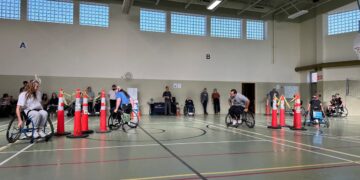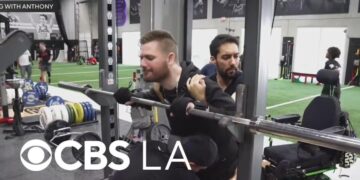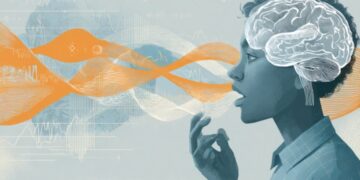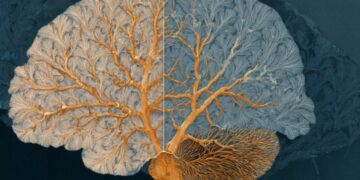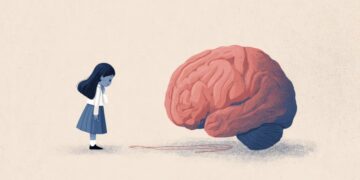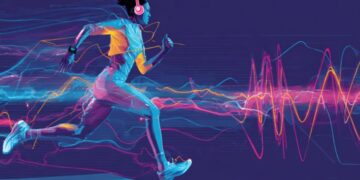Summary: Researchers have identified a previously unknown “hooked” domain in the tail of the motor protein kinesin-2 that explains how these molecular machines select the appropriate cargo inside cells. Using simulations and cryo-electron microscopy, the team mapped the atomic structure of the HAC domain and showed how it binds to both adapter proteins and cargo, forming a highly specific recognition interface.
The study also discovered parallels between this charge-binding architecture and those found in other motor families, suggesting a shared biological design. These findings illuminate the molecular logic of cellular transport and open new avenues to address motor-load interactions in diseases.
Key facts
Resolved cargo recognition: The newly identified HAC domain acts as a molecular hook that assembles adapters and cargo with high specificity. Shared architecture: The HAC/KAP3 structure resembles the cargo binding systems in dynein and kinesin-1, suggesting a universal transport framework. Medical relevance: Errors in this transport system are linked to neurodegeneration, developmental disorders, and ciliopathies.
Source: Juntendo University
For decades, scientists have known that motor proteins like kinesin-2 carry vital cargo along microtubule “highways” inside cells. But how these molecular carriers identify and bind to the right cargo remains a mystery.
The new study provides a key piece of this puzzle by revealing the atomic-level structure of the kinesin-2 tail and its interaction with cargo and adapter proteins.
This study, led by Professor Nobutaka Hirokawa of Juntendo University with Dr. Masahide Kikkawa of the University of Tokyo, Dr.
Using cryo-electron microscopy and molecular dynamics simulations, the scientists reconstructed the structure of the heterotrimeric kinesin-2 complex (KIF3A/KIF3B/KAP3) bound to the cargo protein, adenomatous polyposis coli (APC).
They discovered a unique structural motif in the tail region of KIF3A and KIF3B (termed the hook-shaped adapter domain and cargo-binding (HAC) domain) that acts as a molecular “hook,” allowing the motor to assemble its adapters and recognize cargo with high specificity.
“Our study has uncovered a previously unknown hook-shaped structural element, the HAC domain, in the tail of the motor protein kinesin-2,” Professor Hirokawa said.
“This domain acts as a molecular ‘connector’ that allows the motor to correctly recognize and transport its cargo within the cells.”
The HAC domain consists of a helix-β-hairpin-helix (H-βh-H) motif that forms a scaffold for the adapter protein KAP3 and the cargo protein APC. The study revealed four distinct binding interfaces between KIF3 and KAP3, where KIF3A plays a dominant role in cargo recognition.
The researchers also found that the structure of HAC/KAP3 resembles the cargo binding architectures of other motor proteins, such as dynein and kinesin-1, suggesting a shared recognition framework.
“This discovery builds on decades of research from our laboratory, which first identified and characterized the entire family of mammalian kinesin motor proteins in the 1980s and 1990s and then revealed how these molecular ‘vehicles’ move along the cytoskeletal ‘highways’ of the cell,” Professor Hirokawa said.
“Although we have long understood how these motors travel, the remaining mystery was how they know what to transport. Our new findings provide the first atomic-level understanding of this ‘logistical code’ of cellular transport, the molecular rules that allow each motor to recognize and deliver its specific cargo with remarkable precision.”
The team validated their structural model using cross-linking mass spectrometry, biochemistry, and neuronal cell biology. They showed that the HAC domain specifically binds to the ARM repeat region of APC, a tumor suppressor protein involved in neuronal RNA transport. In particular, KIF3A contributed most of the binding energy, while KIF3B played a structural supporting role.
“Defects in intracellular transport are linked to a variety of human diseases, including neurodegenerative diseases, neurodevelopmental disorders and ciliopathies,” Professor Hirokawa said.
“Understanding how motor proteins precisely recognize and deliver their cargo provides a molecular basis for developing new diagnostic and therapeutic approaches.”
The study also highlights the potential for drug discovery targeting motor-cargo interactions and the design of artificial transport systems that mimic biological logistics.
However, the authors note that some regions of the protein complex remain unresolved due to structural flexibility, and further studies are needed to explore the charge diversity and regulatory mechanisms.
This research marks an important step toward decoding the cellular transport system and understanding motor-driven cargo delivery in neurons.
Key questions answered:
A: It reveals how kinesin-2 motors identify and bind their cargo using a recently discovered structural element in their tail called the HAC domain.
A: The HAC (hook adapter and charge binding) domain is a β-helix-hairpin-helix motif that forms
A: Understanding how motor proteins select cargo could lead to new treatments for diseases related to defective intracellular transport, including neurodegenerative and developmental disorders.
About this neuroscience research news
Author: Toshifumi Asano
Source: Juntendo University
Contact: Toshifumi Asano – Junetendo University
Image: Image is credited to Neuroscience News.
Original research: Open access.
“The hook-shaped adapter and cargo binding (HAC) domain in the tail of kinesin-2 enables adapter assembly and cargo recognition” by Nobutaka Hirokawa et al. Scientific advances
Abstract
The hook-shaped adapter and cargo binding domain (HAC) in the tail of kinesin-2 enable adapter assembly and cargo recognition.
Intracellular transport depends on motor proteins such as kinesins to transport cargo along microtubules, but how they recognize cargo is still unclear.
Here, we present high-resolution cryo-electron microscopy structures of the heterotrimeric kinesin-2 complex (KIF3A/KIF3B/KAP3) bound to the cargo protein APC.
Our findings reveal a previously uncharacterized tail-hook motif of KIF3, termed the “HAC” domain, that mediates binding to both the KAP3 adapter and APC cargo.
Within this domain, the helical regions of KIF3A ensure cargo specificity, while a β-hairpin and KIF3B provide structural support. Biochemical and neuronal experiments confirm its functional importance.
Notably, the HAC/KAP3 structure resembles the hook-shaped architectures seen in kinesin-1 and dynein, suggesting a shared charge recognition framework.
These findings also shed light on the cargo specificity of kinesin-2 and provide a structural framework for understanding related neuronal transport mechanisms.

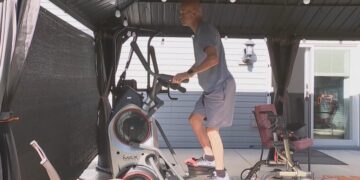
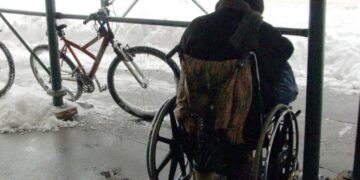
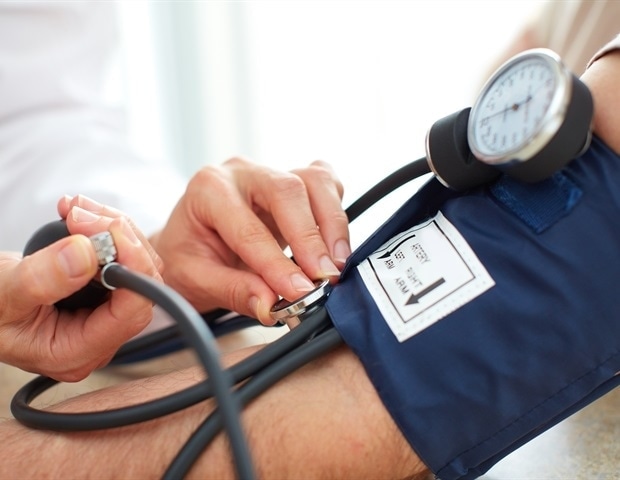
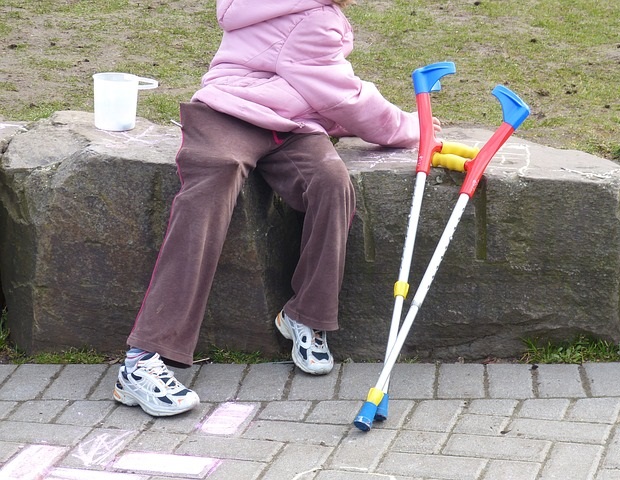
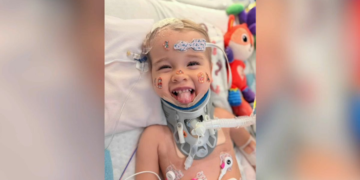
_6e98296023b34dfabc133638c1ef5d32-620x480.jpg)
